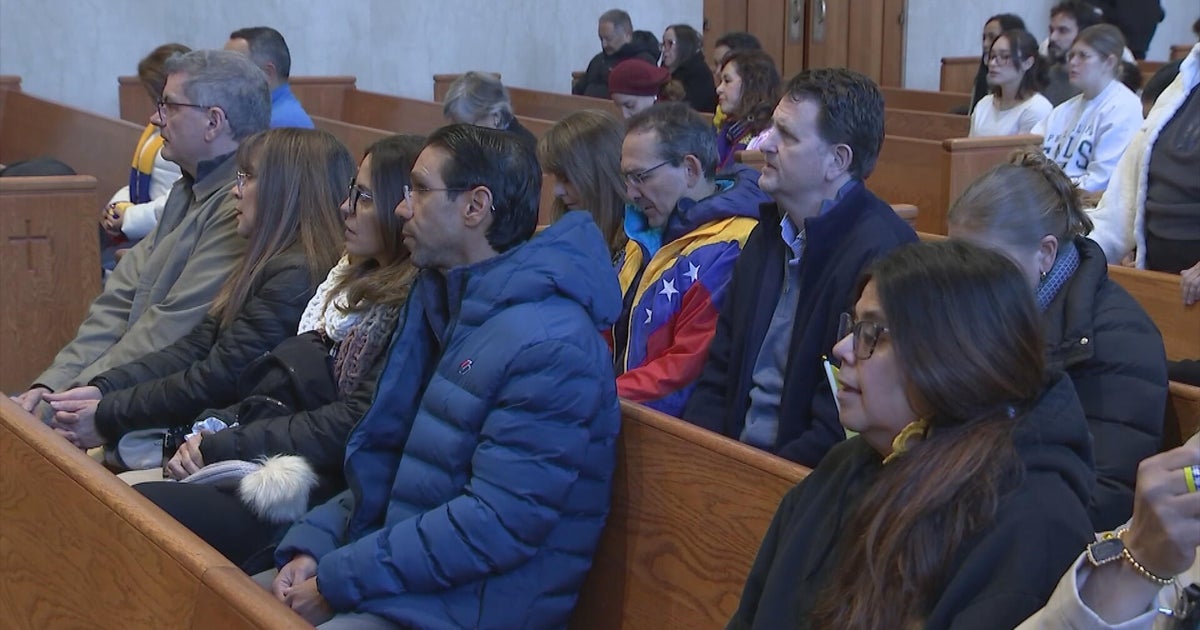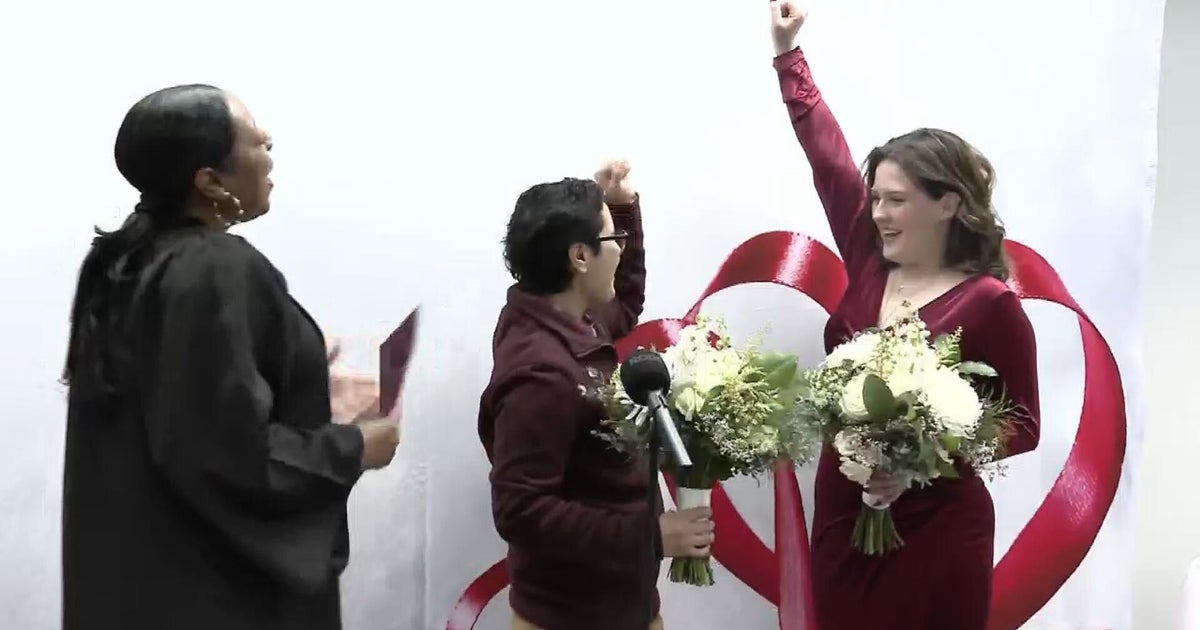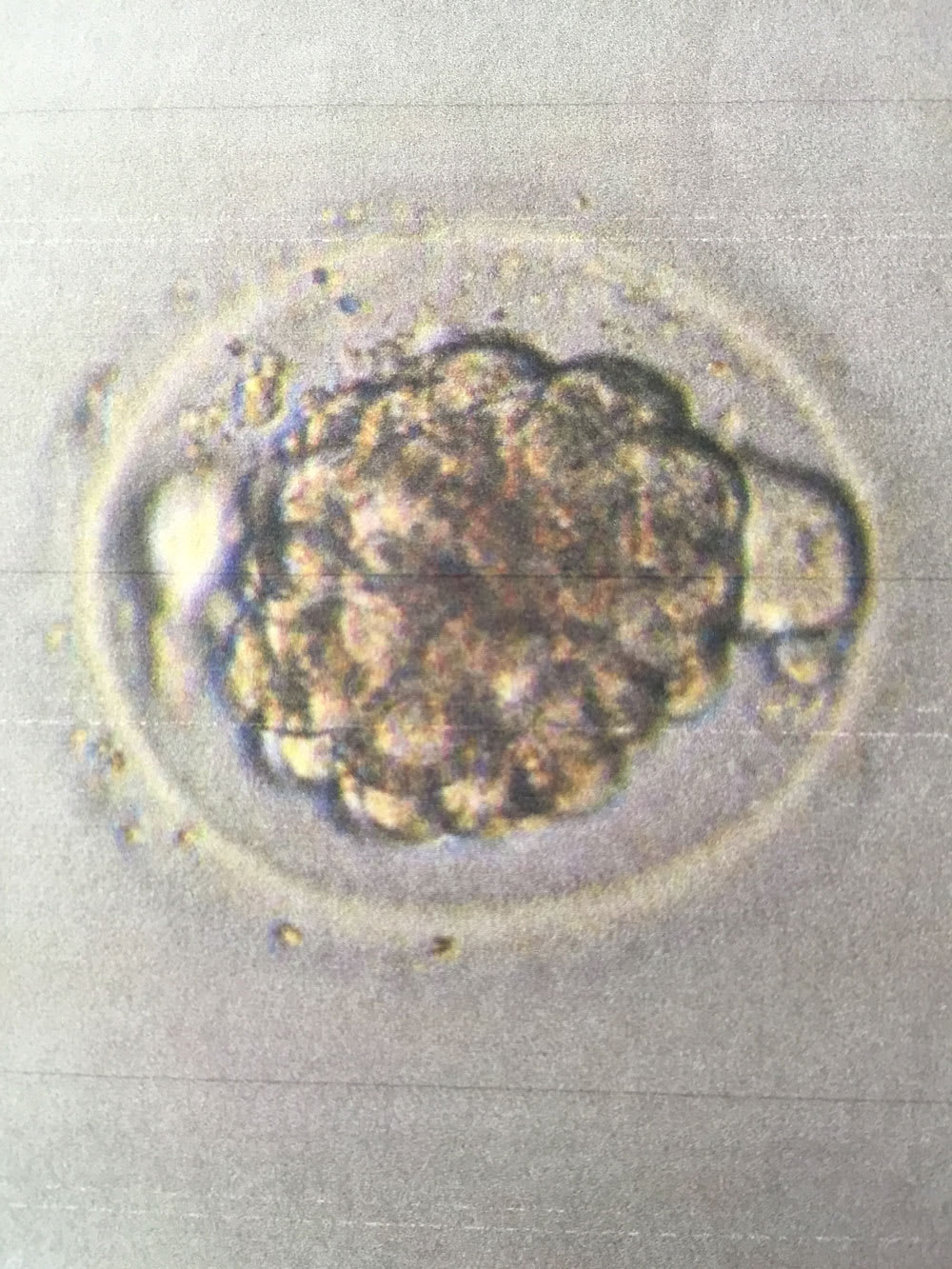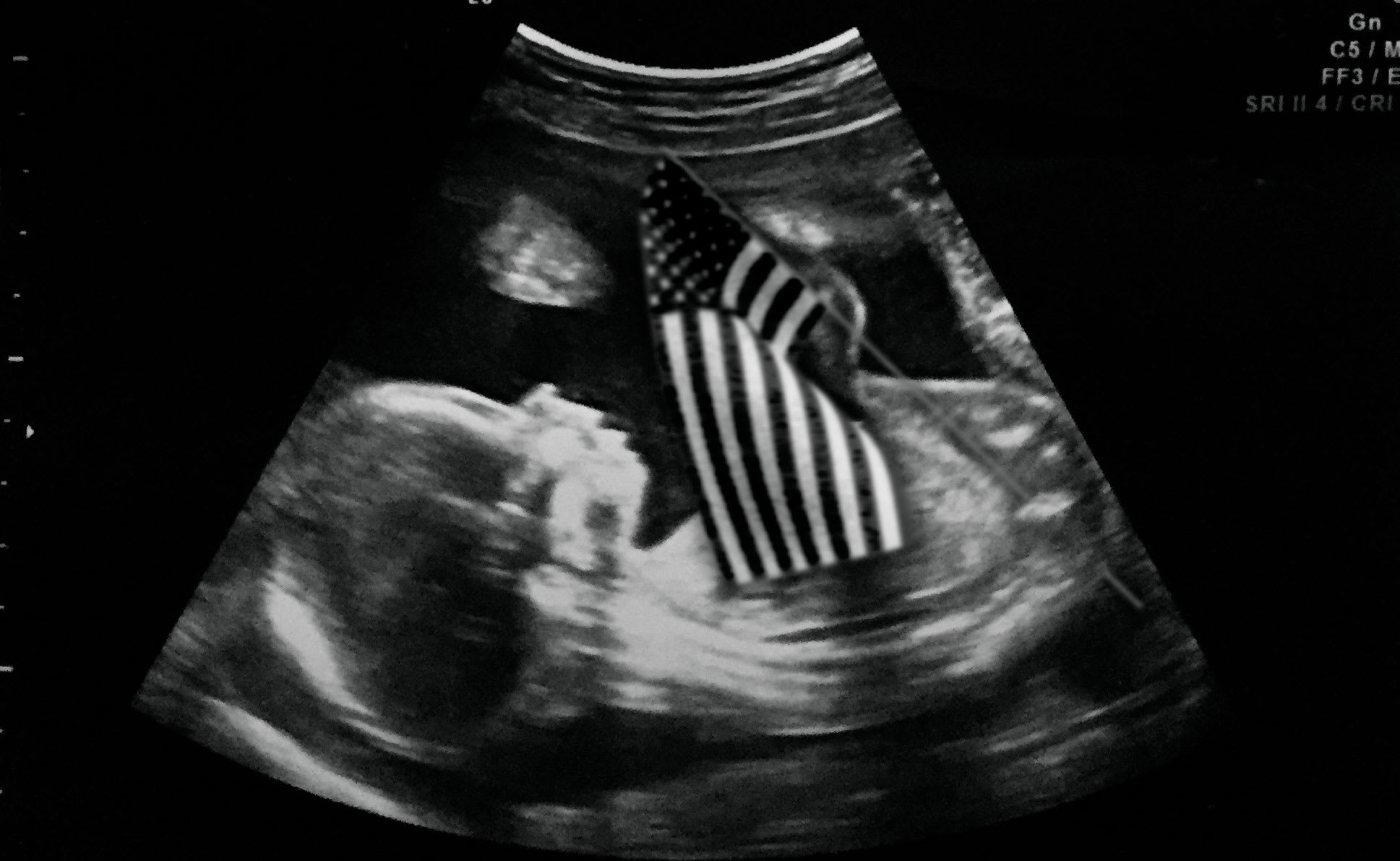Tens of thousands of embryos are stuck in limbo in fertility clinics
Tens of thousands of embryos are stuck in limbo in fertility clinics, leftovers from pregnancy attempts and broken dreams of parenthood. Some are outright abandoned by people who quit paying storage fees and can't be found. In other cases, couples are struggling with tough decisions.
Jenny Sammis can't bring herself to donate nearly a dozen of her extras to research. She and her husband agreed to do that when they made their embryos 15 years ago, but her feelings changed after using some of them to have children.
"I have these two gorgeous, smart people who came from this process," Sammis said. "These embryos are all like seeds that could become potential people. That reality to me was all abstract when they were in the freezer."
Tank failures at two clinics in Ohio and California last year revealed hidden issues with long-frozen embryos, including some from the 1980s when IVF began. A few years ago, medical groups developed sample consent forms clinics could use for new patients, spelling out what could happen to unused embryos. But that hasn't resolved what to do with ones made long ago.
"It's a real dilemma for these clinics," said Rich Vaughn, a Los Angeles lawyer who headed the American Bar Association's assisted reproduction committee for many years. "We don't quite know what to do with them and everyone's afraid to act" for fear they'll be sued if people surface decades later and want their embryos.
The number is growing as more couples try IVF and because of changes in how it's done. The old way was to mix eggs and sperm in the lab and transfer multiple fresh embryos to a womb, hoping at least one would lead to pregnancy. Now, couples usually freeze many embryos, test for health problems and transfer the most viable one at a time to avoid multiple births. That often means leftovers once the desired family is complete.
- Arizona law would give frozen embryos to spouse who wants baby after divorce
- Test tube baby Louise Brown and the birth of IVF
How many embryos are in storage isn't known -- centers don't have to report that. One study estimated there were 1.4 million in the U.S. Researchers think 5 to 7 percent are abandoned, though it's as high as 18 percent at some clinics. Some define that as a year of no contact or storage payments after reasonable efforts to find the owners; others draw the line at five years. Some clinics search social media and hire investigators to find owners when abandonment is suspected.
"It has vexed our field" from the start, said Dr. Mark Sauer, a fertility specialist at Rutgers Robert Wood Johnson Medical School who is on the ethics committee of the American Society of Reproductive Medicine.
It also has vexed couples, many of whom never expected so many leftovers. Sara Raber of New York's Long Island had five extras after conceiving two children.
"Your goal in the beginning is just to get pregnant," so making a lot of embryos seems necessary because you don't know how many tries it will take, she said. But disposing of extras brings a finality to family building that's different for IVF couples than it is for those who conceived naturally.
"You're making a conscious decision not to have a baby anymore," said her husband, Howard Raber. "That's what makes it hard."
Even after the Rabers agreed to donate theirs to research, which usually means to a fertility clinic to let staff practice IVF, the paperwork sat on her desk for months, Sarah Raber said.
In Arlington, Virginia, Sammis is having a similar struggle. "I get to the point of signing the papers and I just can't deal with it," she said.
Sammis said a friend who couldn't decide what to do with her embryos moved away and "didn't give the fertility center her forwarding address ... That was her way of dealing with it."
When couples have abandoned embryos, "it was largely because they did not want to be responsible for making a very difficult decision. They would rather let the program do it," Sauer said.
Andrea Braverman, a health psychologist at Thomas Jefferson University in Philadelphia, said it's not an easy choice. A study of 131 couples in Canada found that one third had not returned for frozen embryos after five years. Another study found that up to 70 percent of couples delayed a decision for at least five years and many changed their minds about what they thought they'd do after they had IVF.
"This is a fluid decision. It is not a one-and-done," Braverman said.
Frozen embryos remain viable for decades as far as anyone knows. Last year, the National Embryo Donation Center in Tennessee reported a birth using an embryo that had been frozen for 24 years.
Dr. Craig Sweet, who runs a fertility clinic in Fort Myers, Florida, supplied a Chicago woman an embryo that had been frozen for 17 years and made one request:
"When the baby is born," he said, "I want you to see if you can register the kid to vote."






